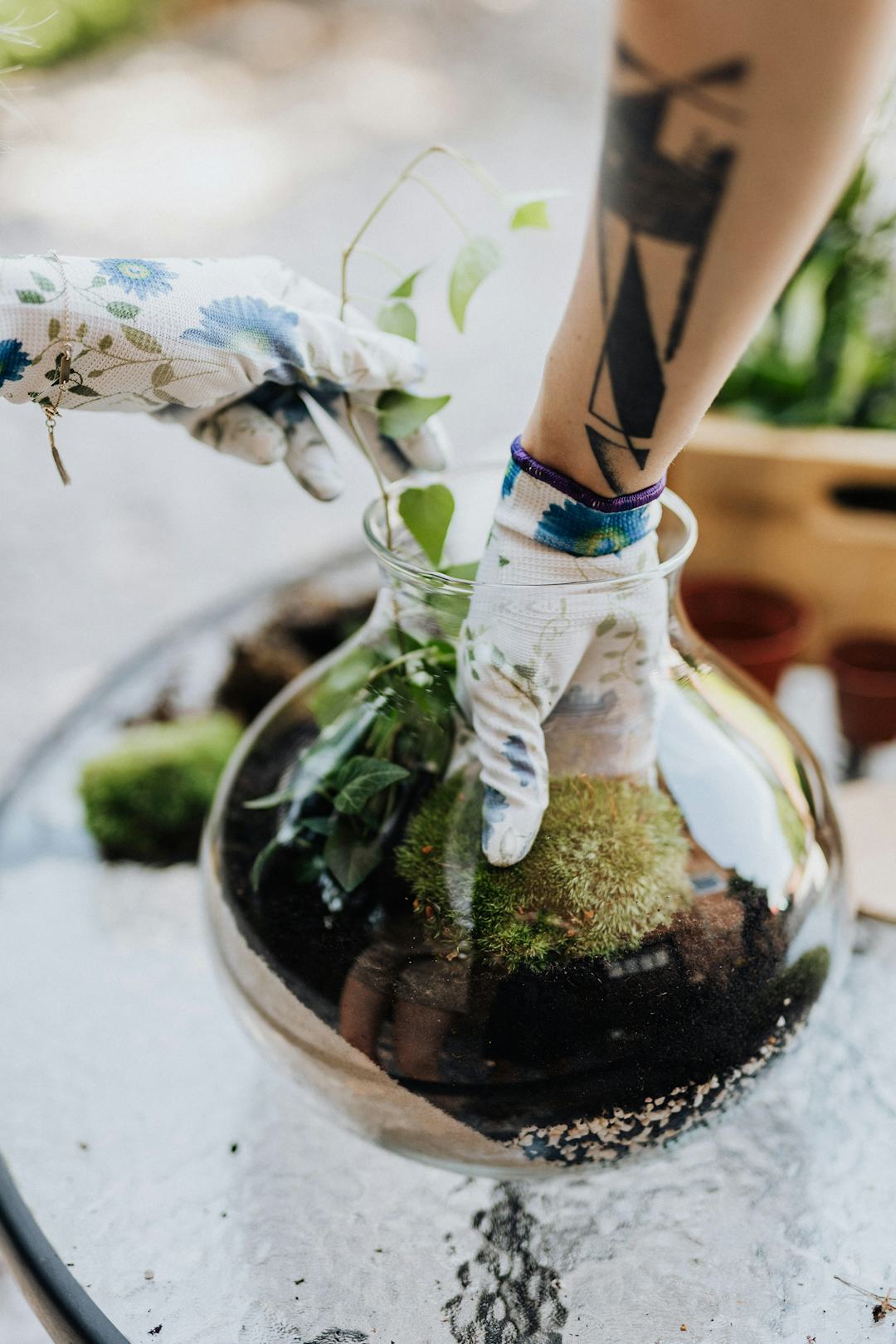Don’t they say that sometimes the answer to your problem is right under your nose? If the problem is climate change, air pollution and urban heat islands and you change under your nose to under your feet, you could be talking about moss.
Some species of moss are reported to be over 450 million years old – predating the existence of any animal. Classified as Bryophyta, moss comprises of over 15,000 species and is found on every continent and in every ecosystem that is habitable by photosynthetic plants. Essentially a microorganism with no roots or seeds, it is instead composed of leaves, stems and rhizoids. The rhizoids allow them to absorb moisture and minerals from rain and ground water.
I first came across moss in use when working with Sydney eco-florist May and Moss, who uses it instead of extremely problematic and environmentally unfriendly floral foam (also called oasis) because of its spongy texture and moisture retaining properties. I didn’t know at that time that something I completely took for granted, that was literally under my feet, had so many benefits for the environment – both in its natural setting and when utilised as a tool to help combat climate change.
Adaptable and hardy, moss can grow in pretty much any environment from snow to desert and is among the first plants to colonise damaged sites, for example after deforestation or fire. It provides critical biodiversity. Moss can control the temperature of soil, which, combined with the ground cover it provides, protects tree roots and creates microhabitats for other microorganisms, insects, and animals.
As a ground covering, for example in a garden or urban landscape, moss helps create an optimal environment for other plants, preserves and protects soil quality, and suppresses weed growth (not to mention its aesthetic properties). It also does three other things which make it pretty special: air filtering, temperature control and carbon dioxide binding.
It’s these three properties that make moss such a viable solution for urban environments to combat carbon dioxide emissions, air pollution and increased temperature. Moss binds carbon dioxide and converts it into oxygen via photosynthesis at a rate higher than a small forest (specifically half a square metre of moss can absorb one kilogram of carbon dioxide). At the same time as it is doing that, the same moss will also be absorbing huge amounts of soot, dust particles and other pollutants linked to global warming, cleaning the air (the absorptive surface area of moss is 30 times its size). And then there is its cooling capacity which is attributed to its water retentive properties.
It is no surprise that moss is now being developed commercially for these benefits with moss walls, moss structures and moss art being used in city centres and in buildings and offices. It helps that the hardiness of moss and its lack of a root system means it can grow pretty much anywhere.

Adding moss to a terrarium (Image source: Pexels Karolina Grabowska)
In internal settings where one might employ moss walls or artworks, moss has the additional benefits of noise reduction, insulation, maintenance of humidity (which helps prevent virus spread) and all the improvements in focus, stress, and general wellbeing that we see when greenery is present in interior spaces.
In Australia, several companies manufacture moss walls, panels and art (check them out here, here and here) and they are already being used in many commercial spaces including Sydney University, Gorg Jensen in Sydney and Deloitte in Brisbane.
Moss naturally grows in Australian in shady, moist areas (it doesn’t love extreme, direct heat), but if you want to lay it as a ground covering, it is best to seek advice on appropriate species.
Even if you don’t have a garden to lay some moss ground covering or can’t introduce a moss wall to your home or office, you can still enjoy moss as a centrepiece or in an open terrarium and get (and give) some of those amazing benefits.
Planet Ark does not take responsibility for the accuracy of the original information and encourages readers to check the references before using this information for their own purposes